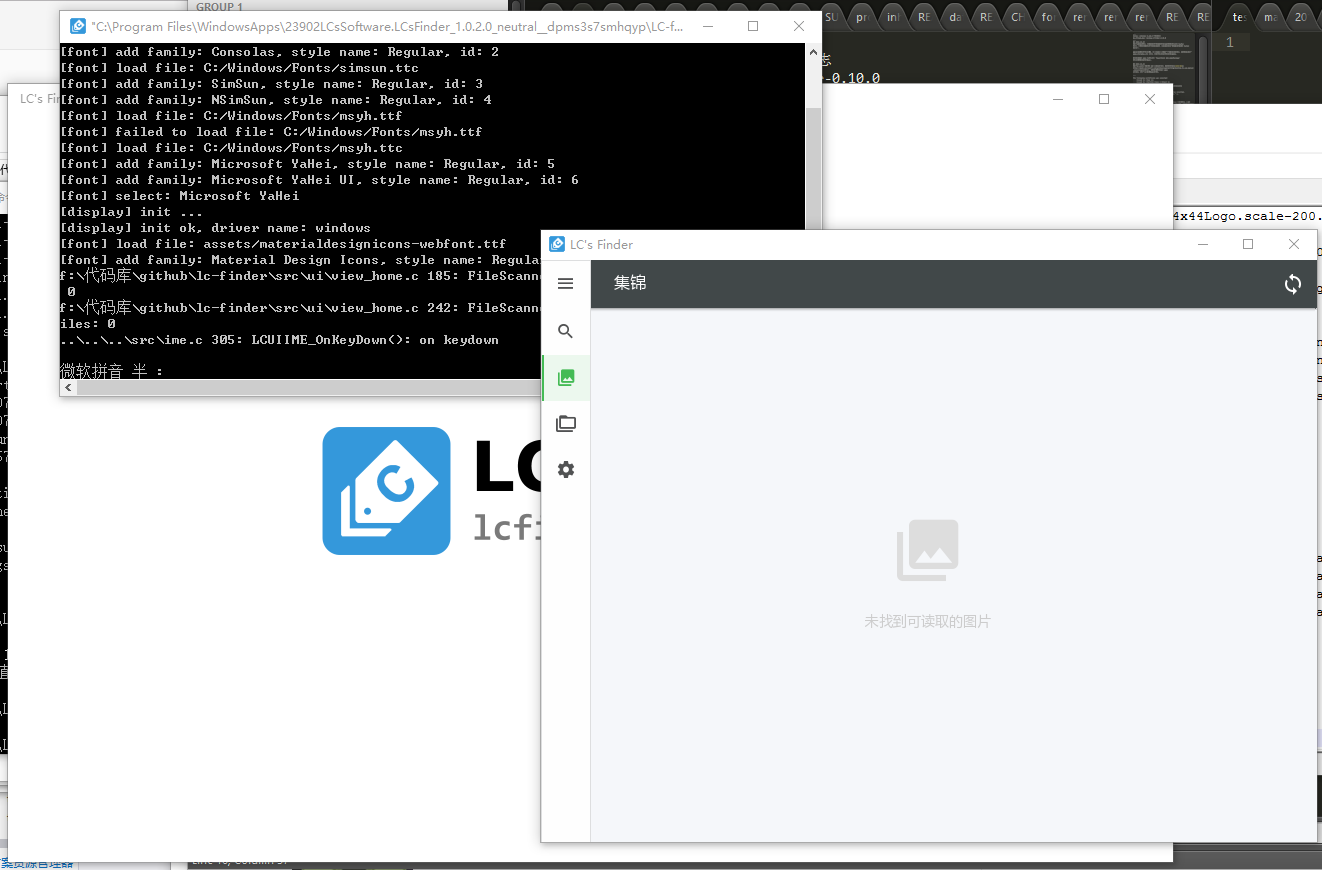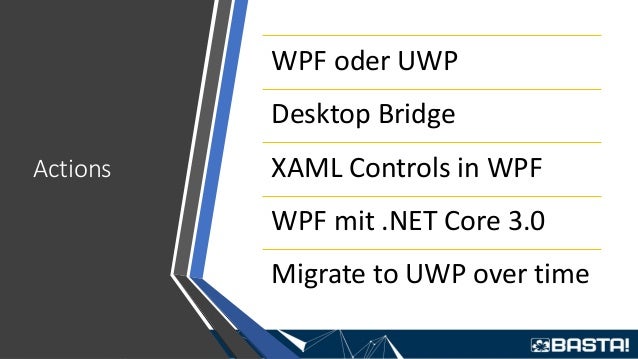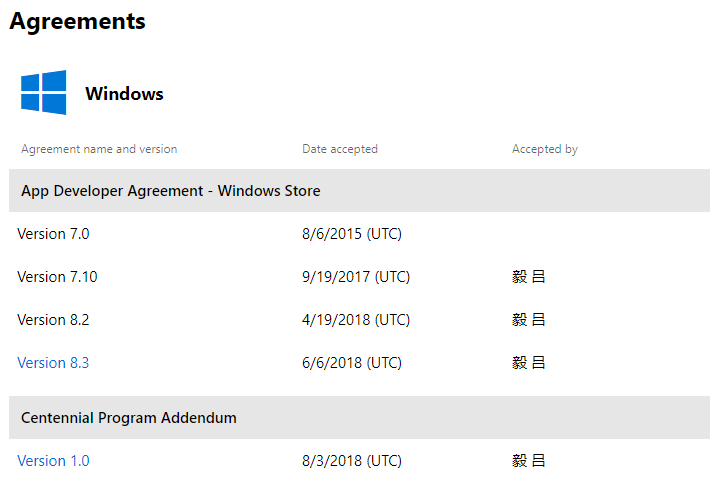

- #Install4j uwp desktop bridge how to
- #Install4j uwp desktop bridge code
- #Install4j uwp desktop bridge windows
In Solution Explorer, open the package.appxmanifest file of the Packaging project in your solution, and add this extension.

#Install4j uwp desktop bridge windows
In this example, the Windows Forms project is named Landmarks and the UWP project that contains the XAML UI is named MapUI.Īdd a XAML UI to your UWP project. Your solution would look something like this:
#Install4j uwp desktop bridge how to
To show a XAML-based UI, do these things:ģ️⃣ Add a protocol extension to the UWP projectĤ️⃣ Start the UWP app from your desktop appĥ️⃣ In the UWP project, show the page that you want Set up your solutionįor general guidance on how to set up your solution, see the First, set up your solution section at the beginning of this guide. To learn more about XAML Islands, see UWP controls in desktop applications The design pattern These APIs and controls will continue to mature and stabilize in future Windows releases.
#Install4j uwp desktop bridge code
Although we encourage you to try them out in your own prototype code now, we do not recommend that you use them in production code at this time. XAML Islands are currently available as a developer preview. The alternative to this approach is to add UWP XAML controls directly to your desktop application by using a XAML Island. That is the stable supported approach to showing XAML UIs in a desktop application. This example shows a XAML UI by adding a UWP project to the solution. This image shows a Windows Forms application that opens a XAML-based modern UI that contains a map control. These user interfaces are naturally adaptive to different screen sizes and resolutions and support modern interactive models such as touch and ink.įor example, with a small amount of XAML markup, you can give users with powerful map-related visualization features. Show a modern XAML UIĪs part of your application flow, you can incorporate modern XAML-based user interfaces into your desktop application. Let's take a look at a few things you can do with your UWP projects and runtime components. If you receive errors, open Configuration Manager and ensure that your projects target the same platform. Your solution will look something like this:īuild your solution to ensure that no errors appear. Then, from your UWP project, add a reference to the runtime component. To accomplish some scenarios, you'll have to add code to a Windows Runtime component. (Optional) Add a Windows Runtime component Your solution will look something like this: In your packaging project, right-click the Applications node, and then click Add Reference. This is where you'll build a modern XAML UI or use APIs that run only within a UWP process. Add a UWP projectĪdd a Blank App (Universal Windows) to your solution. To do this, see Call Windows Runtime APIs in desktop apps. Make sure that your desktop application has references to the files that you need to call Windows Runtime APIs. If your solution doesn't contain a packaging project, see Package your desktop application by using Visual Studio.

Start with a solution that contains a Windows Application Packaging Project with a reference to your desktop application. First, set up your solutionĪdd one or more UWP projects and runtime components to your solution. Also see Features that require package identity. That includes packaged apps (see Create a new project for a packaged WinUI 3 desktop app) and packaged apps with external location (see Grant package identity by packaging with external location). The features described in this topic require that your app is packaged (has package identity at runtime).


 0 kommentar(er)
0 kommentar(er)
